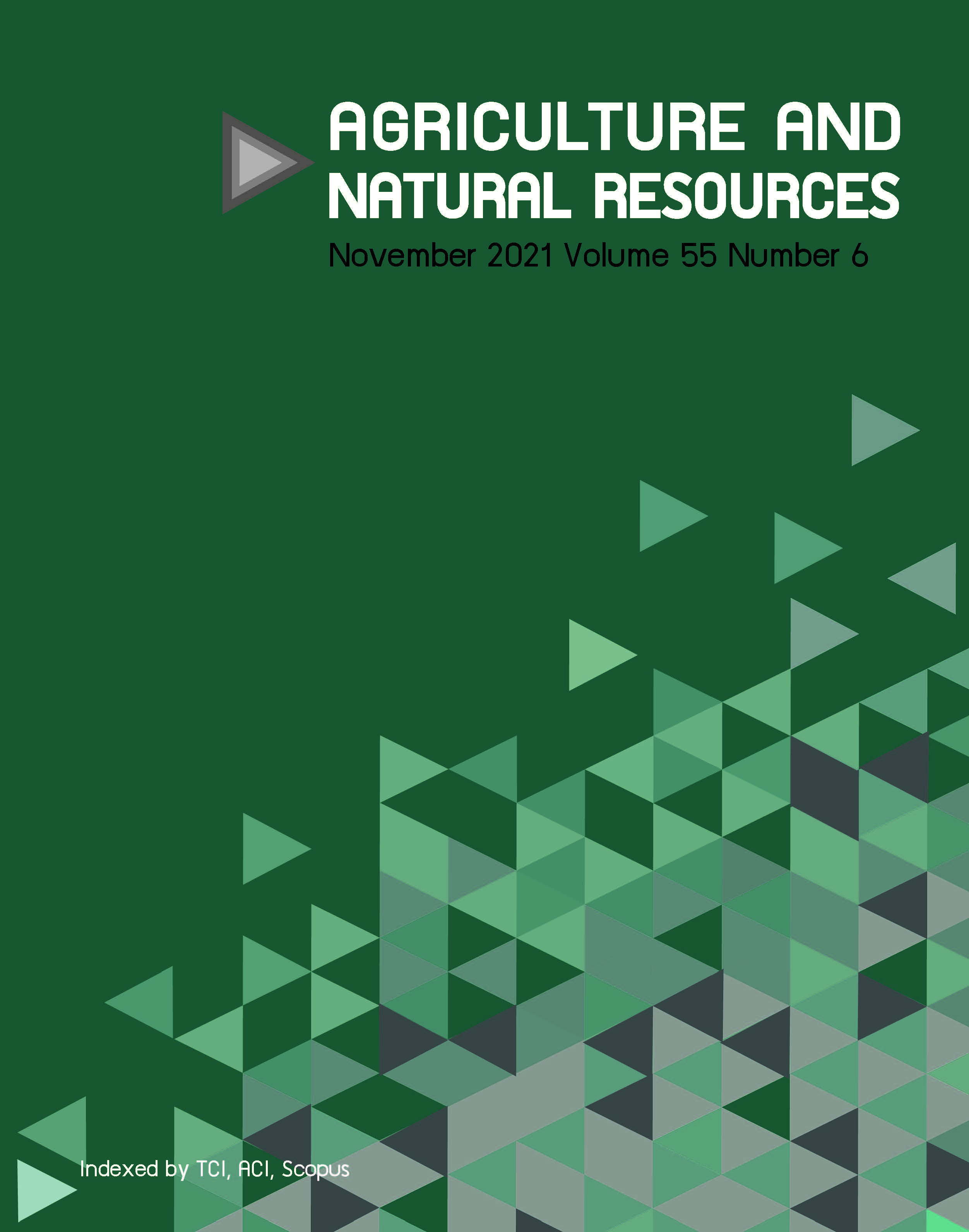Effect of marigold-derived products as pigment source on growth performance, antioxidant activity and liver enzymes of broiler chickens
Keywords:
Antioxidant activity, Broiler chickens, Marigold-derived products, Performance, Pigment sourceAbstract
The effect was evaluated of marigold-derived products on the growth performance, pigment deposition, antioxidant activity and liver enzymes of broilers. In total, 1,400 one-day-old Arbor Acres male broiler chicks were randomly allocated into 7 treatments (10 replicates with 20 birds each) using a 2×3 factorial in a completely randomized design with two marigold-derived products (marigold meal, MGM; marigold extract, MGE) and three levels of xanthophylls (50 parts per million (ppm), 100 ppm, 150 ppm) with one control group. There were no significant interactions of the source and level of marigold-derived products on the growth performance, meat and skin pigmentation, and liver enzymes of broilers. Feeding marigold-derived products improved the body weight gain (BWG; p < 0.05) and tended to improve the feed conversion ratio (p = 0.072) of broilers. An increase in the level of xanthophylls tended to increase BWG (p = 0.0510). The highest BWG (2,326.1±57.1 g) and the lowest FCR (1.52±0.03) were in the MGE 100 group. The supplementation of marigold-derived products increased the redness (a*; p < 0.01) and yellowness (b*; p < 0.01) values of breast muscle and increased the a* (p < 0.01) and b* (p < 0.01) values of breast skin. An increase in the level of xanthophylls from the marigold-derived products decreased serum malondialdehyde (p < 0.01). The supplementation of marigold-derived products decreased the aspartate transaminase level (p < 0.01). The source and level of marigold affected xanthophylls deposition. The supplementation of marigold-derived products improved the meat and skin color and the antioxidant status of broilers.
Downloads
Published
How to Cite
Issue
Section
License
Copyright (c) 2021 Kasetsart Universityonline 2452-316X print 2468-1458/Copyright © 2022. This is an open access article under the CC BY-NC-ND license (http://creativecommons.org/licenses/by-nc-nd/4.0/),
production and hosting by Kasetsart University of Research and Development Institute on behalf of Kasetsart University.







